Monsanto: A Real Growth Stock
Shares of this innovative seed and herbicide company will blossom for years to come.
Everywhere you look people are grumbling -- and in many cases rioting -- about the high price of food. Before you buy a 20-pound bag of rice at Costco, consider hording shares of Monsanto.
This St. Louis, Mo., agricultural giant produces seeds and herbicides. But those seemingly mundane products understate Monsanto's importance in the ongoing worldwide agriculture boom. Simply put, Monsanto helps farmers grow more food than they would otherwise. The company can charge a pretty penny for its assistance thanks to innovative products, such as seed that results in corn that is resistant to pests.
Monsanto (symbol MON) is the top dog in the herbicide and seed sector. DuPont (DD) is second and Syngenta (SYT) a distant third, says Credit Suisse analyst Mark Connelly. He says Monsanto will continue to remain ahead of the competition over the next five years.

Sign up for Kiplinger’s Free E-Newsletters
Profit and prosper with the best of expert advice on investing, taxes, retirement, personal finance and more - straight to your e-mail.
Profit and prosper with the best of expert advice - straight to your e-mail.
Monsanto's domination of the seed and herbicide market is no secret. The stock, which closed at $115.22 on May 2, has gained 95% over the past year. In March 2003, the shares traded for barely more than $7.
Sales and profits of the herbicide Roundup, or glyphosate as chemists call it, has contributed mightily to Monsanto's performance. In the second fiscal quarter, which ended February 29, sales of glyphosate and other herbicides soared 85%, to $982 million, from the same period a year earlier.
Meanwhile, gross profits (sales minus cost of goods sold) surged 133%, to $595 million. The company forecasts a doubling of gross profit from glyphosate sales for the fiscal year that ends August 31. "Retail prices continue to rise while the competitive generic glyphosate supply remains constrained," says UBS analyst Chris Shaw.
Corn and soybeans are the engines of Monsanto's seed business. Corn accounted for 57% of Monsanto's profit in fiscal 2007, while soybeans contributed 19%. All other crop seeds accounted for the rest.
Strong demand for corn in Argentina, Brazil and the U.S. is boosting results. In the second quarter, the company generated gross profit of $1.6 billion, up 37% from the same quarter a year ago. Sales totaled $2.5 billion, up 39%.
Some agricultural analysts expect that farmers will plant less corn this year to take advantage of higher soybean prices. Such a move could hurt Monsanto's sales. But Argus Research analyst Bill Selesky calls those concerns "overblown" and says that "no matter the short-term trends in crop selection, we believe Monsanto stands to benefit from a long-term secular trend of global growth in demand for agricultural products."
About 60% of the $6.3 billion in revenue Monsanto generated in fiscal 2007 came from North America. The company hopes to gain more market share in Argentina, Brazil and India through acquisitions and introduction of new products.
Monsanto has yet to unleash a possibly game-changing innovation. It has partnered with Dow Chemical (DOW) to combine eight genetically engineered traits -- such as herbicide tolerance and insect resistance -- into one corn hybrid. Farmers buy hybrid seed because it produces more corn per acre and allows them to use less herbicide.
Monsanto's current all-in-one corn hybrid, known as triple-stack corn, contains only three genetic traits. Monsanto expects sales of triple-stack corn to climb at least 47%, to $26 million, in fiscal 2008. The company plans to debut the next generation of corn hybrid, called SmartStax, by 2010.
Management is bullish on the future. Chief executive Hugh Grant told investors April 2: "Between now and 2012, we are the only agriculture company that can point to consistent growth, irrespective of commodity price swings, fluctuations in planted acres or the popularity of ethanol."
Monsanto has a solid record of returning its bounty to shareholders. It announced a three-year, $800 million buyback plan on April 16. The plan will start after the company completes a current $429 million repurchase program next year.
Monsanto also recently raised its quarterly dividend 40%, to 17.5 cents, a share. The stock yields 0.6% based on an annual dividend rate of 70 cents per share.
In some ways, Monsanto may fall victim to its own success. Most of Monsanto's earnings now come from corn seed and Roundup herbicide. "While both of these are great businesses, it doesn't do much for portfolio balancing," says Credit Suisse analyst Connelly.
He says he worries that the stock may be overpriced. The stock trades at 34 times the $3.34 per share that analysts expect the company to earn for the current fiscal year and 29 times estimated earnings of $4 for fiscal 2009. He advises investors to "keep what you own and buy on any meaningful dip. Little has changed in this incredibly powerful story."
If Monsanto can achieve the annual long-term earnings growth that analysts forecast, its stock may be worth the price now. According to a survey of analysts by Thomson Financial, earnings are expected to grow 37% annually over the next three to five years. Selesky rates the stock a "buy" and says the shares are worth $144.
Get Kiplinger Today newsletter — free
Profit and prosper with the best of Kiplinger's advice on investing, taxes, retirement, personal finance and much more. Delivered daily. Enter your email in the box and click Sign Me Up.
-
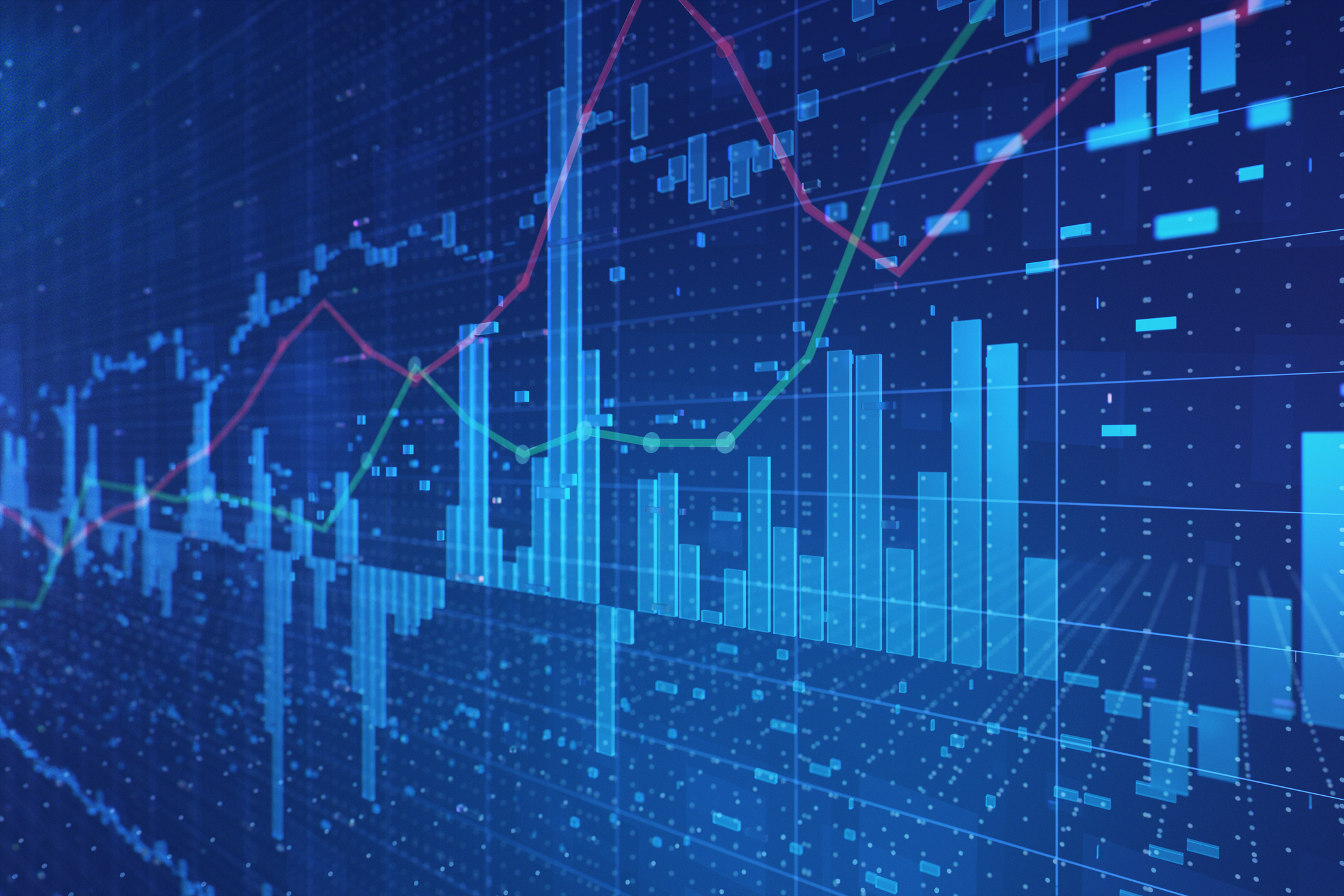 Stock Market Today: Stocks Gain on Tech, Auto Tariff Talk
Stock Market Today: Stocks Gain on Tech, Auto Tariff TalkThe Trump administration said late Friday that it will temporarily halt tariffs on some Chinese tech imports.
By Karee Venema
-
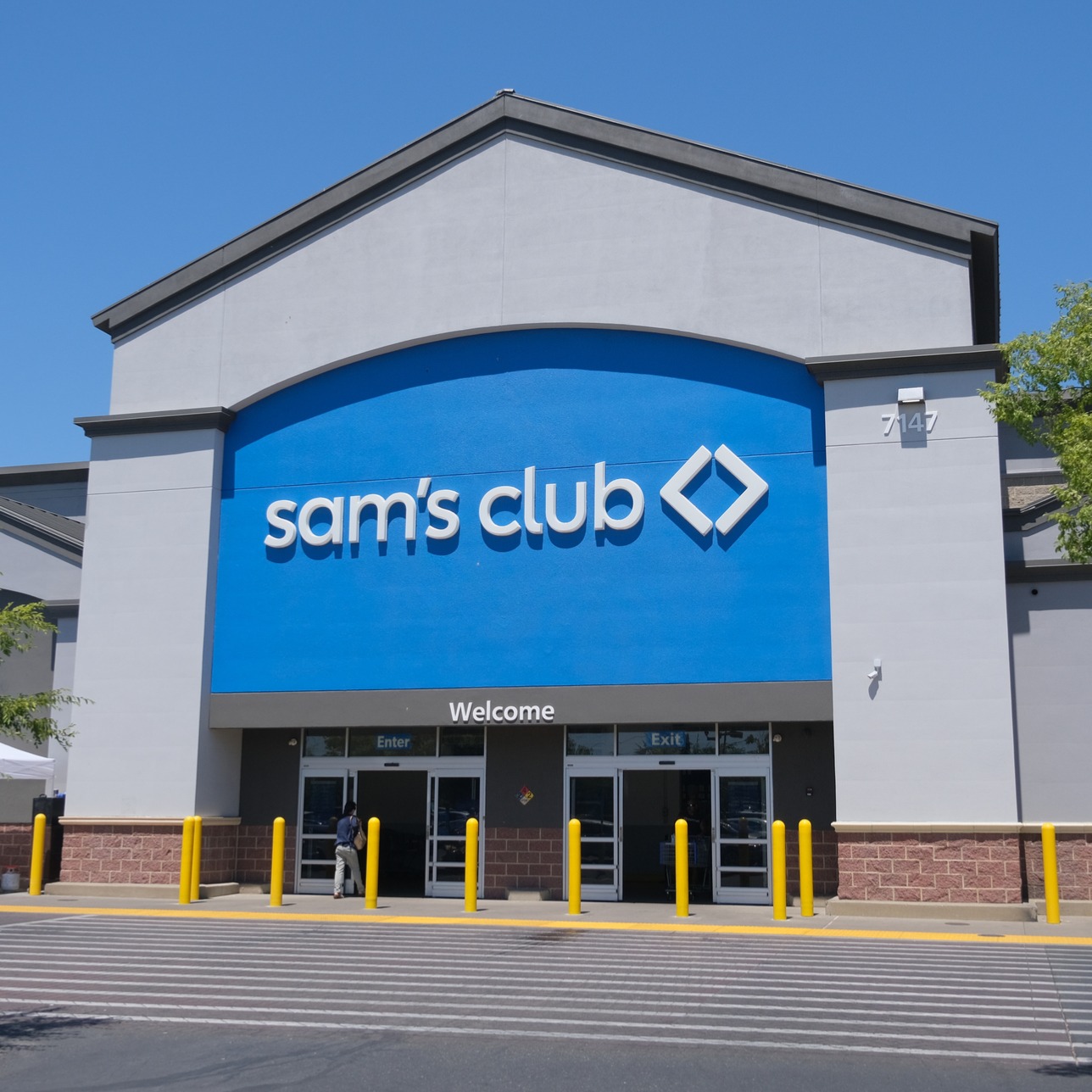 Sam's Club Plans Aggressive Expansion: Discover Its New Locations
Sam's Club Plans Aggressive Expansion: Discover Its New LocationsSam's Club expansion plans will open up to 15 new stores each year. Learn where they plan to open in 2025.
By Sean Jackson
-
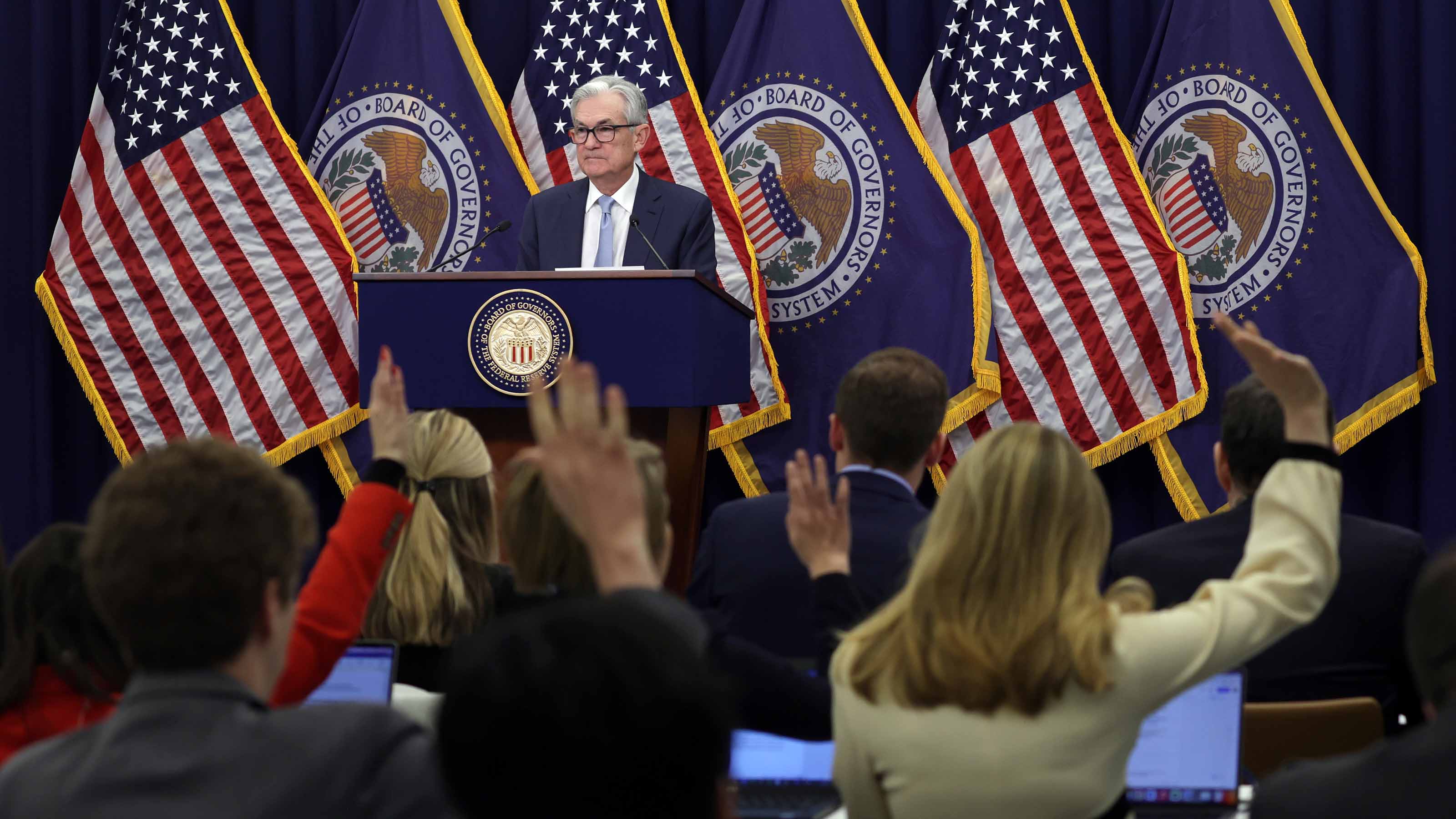 Fed Leaves Rates Unchanged: What the Experts Are Saying
Fed Leaves Rates Unchanged: What the Experts Are SayingFederal Reserve As widely expected, the Federal Open Market Committee took a 'wait-and-see' approach toward borrowing costs.
By Dan Burrows
-
 Fed Sees Fewer Rate Cuts in 2025: What the Experts Are Saying
Fed Sees Fewer Rate Cuts in 2025: What the Experts Are SayingFederal Reserve The Federal Reserve cut interest rates as expected, but the future path of borrowing costs became more opaque.
By Dan Burrows
-
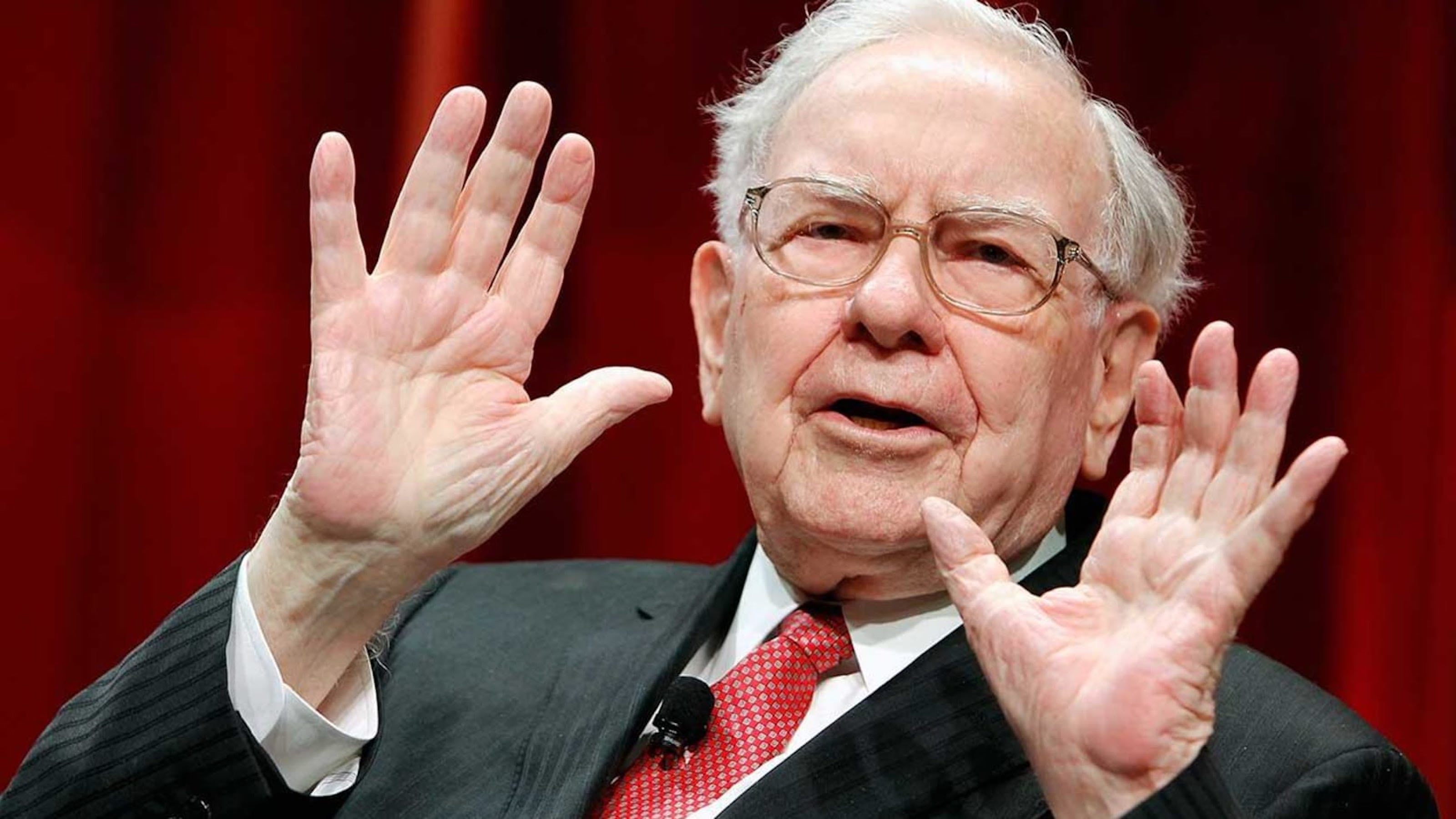 Why Is Warren Buffett Selling So Much Stock?
Why Is Warren Buffett Selling So Much Stock?Berkshire Hathaway is dumping equities, hoarding cash and making market participants nervous.
By Dan Burrows
-
 Fed Cuts Rates Again: What the Experts Are Saying
Fed Cuts Rates Again: What the Experts Are SayingFederal Reserve The central bank continued to ease, but a new administration in Washington clouds the outlook for future policy moves.
By Dan Burrows
-
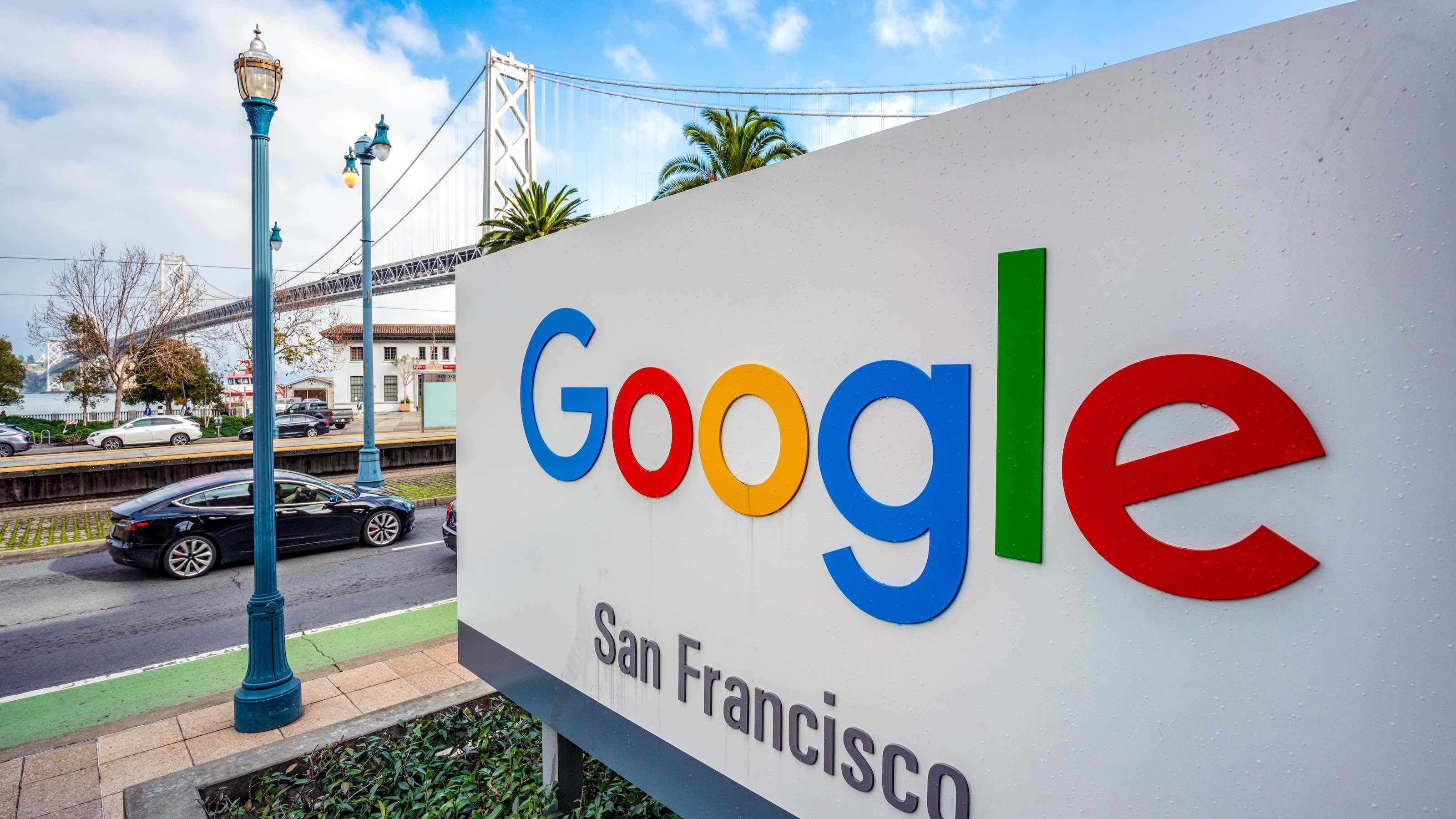 If You'd Put $1,000 Into Google Stock 20 Years Ago, Here's What You'd Have Today
If You'd Put $1,000 Into Google Stock 20 Years Ago, Here's What You'd Have TodayGoogle parent Alphabet has been a market-beating machine for ages.
By Dan Burrows
-
 Fed Goes Big With First Rate Cut: What the Experts Are Saying
Fed Goes Big With First Rate Cut: What the Experts Are SayingFederal Reserve A slowing labor market prompted the Fed to start with a jumbo-sized reduction to borrowing costs.
By Dan Burrows
-
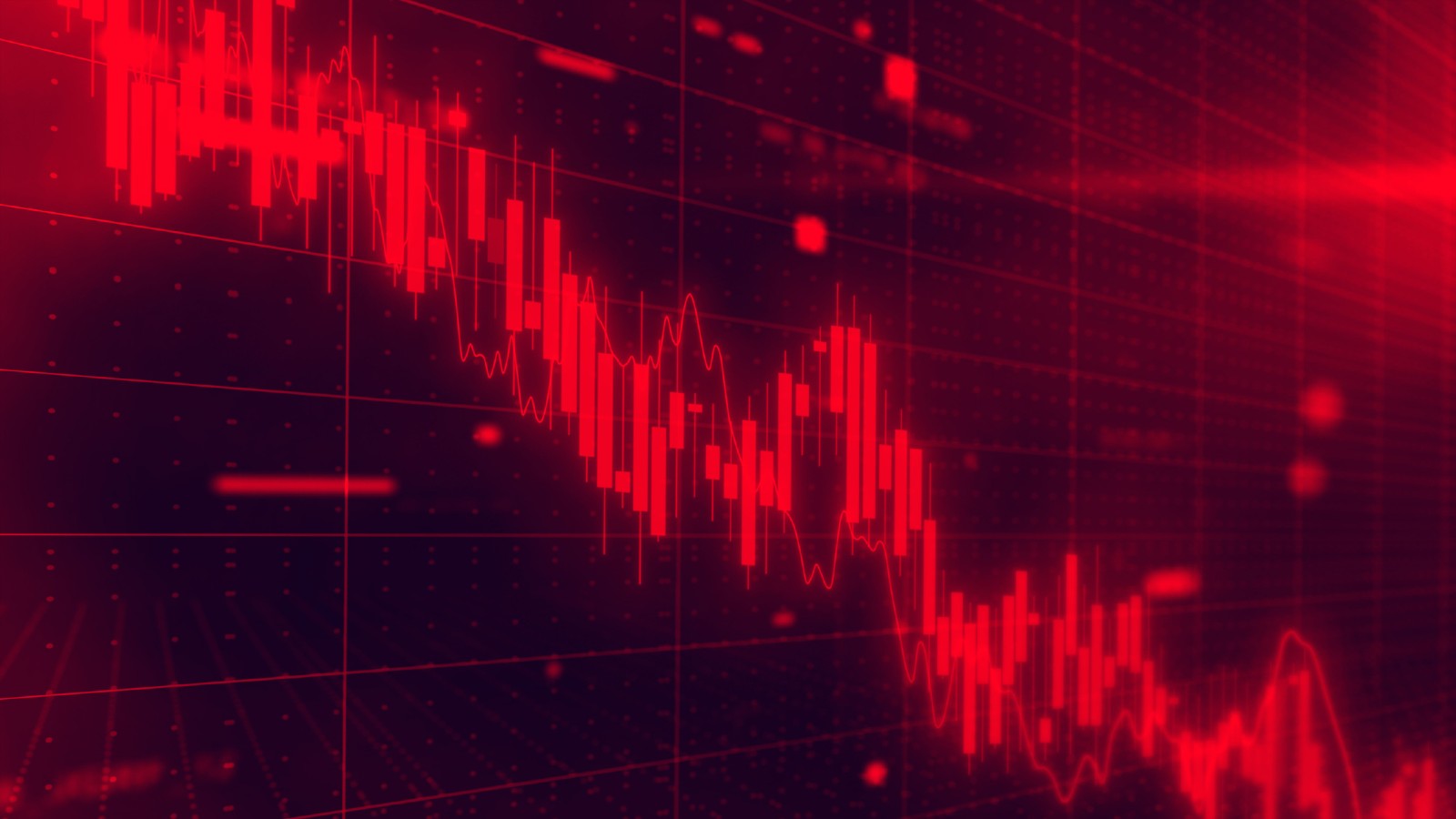 Stock Market Today: Stocks Retreat Ahead of Nvidia Earnings
Stock Market Today: Stocks Retreat Ahead of Nvidia EarningsMarkets lost ground on light volume Wednesday as traders keyed on AI bellwether Nvidia earnings after the close.
By Dan Burrows
-
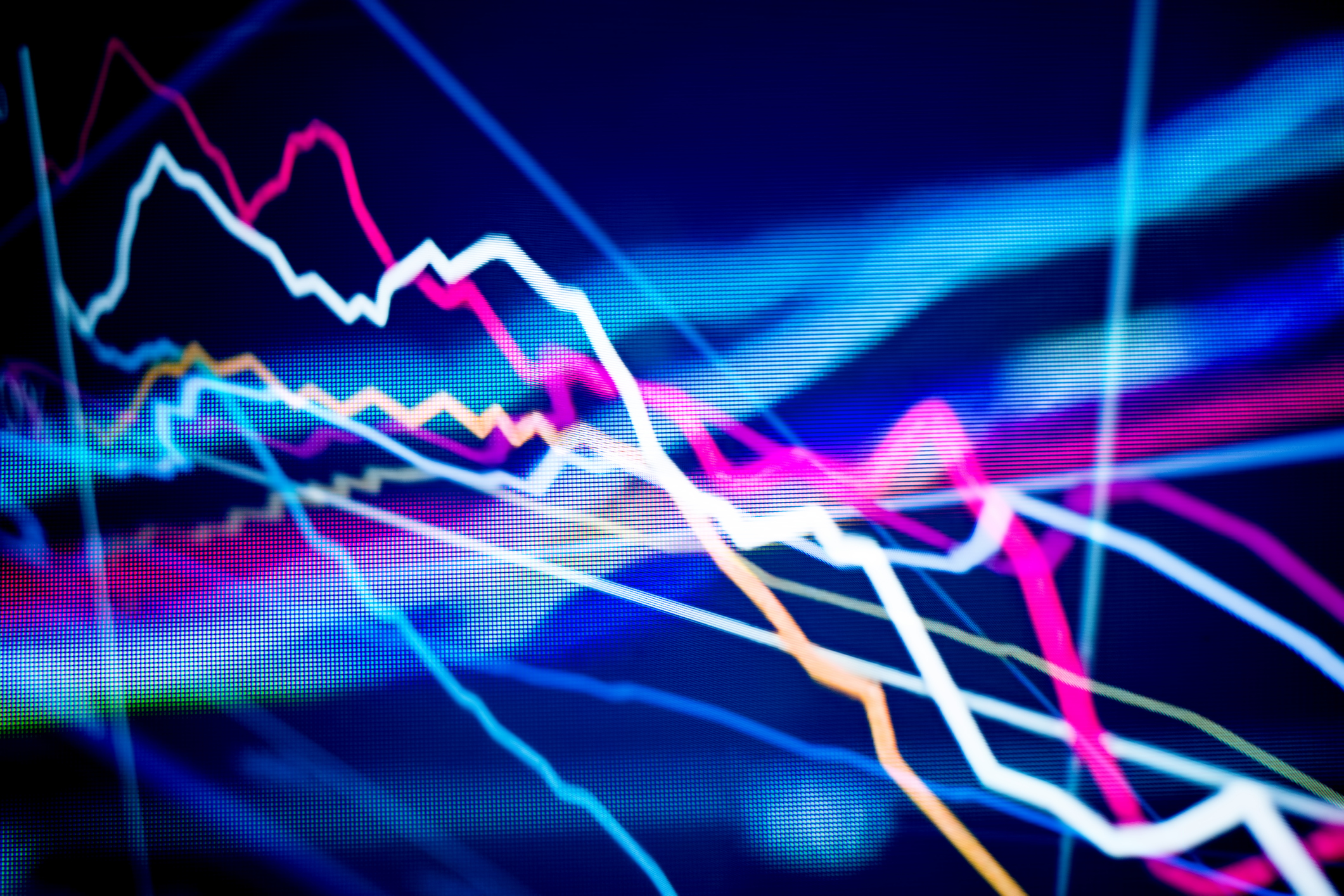 Stock Market Today: Stocks Edge Higher With Nvidia Earnings in Focus
Stock Market Today: Stocks Edge Higher With Nvidia Earnings in FocusNvidia stock gained ground ahead of tomorrow's after-the-close earnings event, while Super Micro Computer got hit by a short seller report.
By Karee Venema